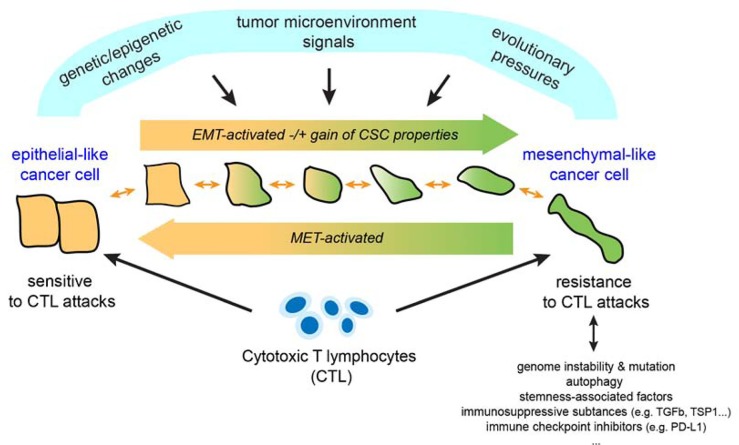Figure 1. Schematic model for the emergence of EMTed tumor variants resistant to cytotoxic T lymphocytes.
EMT may be driven by a conjunction of environmental changes, combined with evolutionary pressures and oncogenic events emerging during tumor development. EMT may be partial or reversible with cells transitioning from an epithelial to mesenchymal state, either partially or fully, and then reverting back to a more epithelial state (MET). This reflects the plasticity of cells undergoing EMT or MET. As we now understand it, cancer cells that have acquired a more mesenchymal phenotype also show reduced susceptibility to CTL-mediated killing as well as a gain of stem-like properties. Whether these resistant variants may cooperate to escape immunosurveillance is currently unknown. Likewise, it remains unclear to what extent distinct or variable mesenchymal-like states may impact differently on susceptibility to CTL. Of note, there may be multiple rounds of EMT and MET in the life of a cancer cell (primary versus metastatic sites) potentially controlled by signals produced from different microenvironments.

